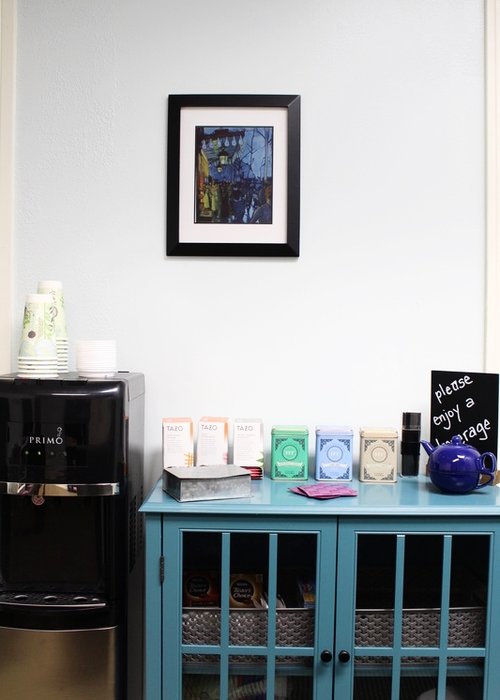Let’s be real.
Sometimes we struggle in our relationships, particularly after we’ve been in them for a while.
At the beginning, everything’s going great. You think you’ve got it all figured out. Then you hit about 150,000 miles. A hub cap pops off. You replace it and keep chugging along. Your volume knob pops off, so you hot glue it back on. You have a little fender bender, so you buff out the scratch and move past it. Sooner or later, you get tired of fixing problems. Maintenance is exhausting, so you just learn to live with the issues. They’re not that big of a deal. But the more you ignore them, the more these small issues add up. You start to feel a little overwhelmed. Eventually, you get to the point where you’re just teetering down the highway, or maybe it’s more like a dirt path. You thought you knew where you were headed… now you’re not so sure. And then, finally, you get to the point where your battery totally dies, and you’re forced to reach out for help. You need a jump.
When relationships get to this point, you need some time together to focus on those things you’ve been ignoring and reevaluate your direction. Lately, you’ve put your relationship on auto-pilot. You’re just going through the day-to-day motions of your idea of what a relationship is supposed to look like. You know which friends you guys are hanging out with and where you’re going for dinner this weekend, but you’re not really feeling connected to your partner in a meaningful way. Have you even asked your partner what they need out of your relationship lately? You might be a little out of practice when it comes to meeting one another’s needs after avoiding this type of relationship maintenance for a while.
Still, you’re 100% committed to your partner. You love each other more than anything. You’ve gotten off track, but you want a relationship where you feel supported when you share the hard things life throws your way. Where your partner laughs at your stupid jokes. Where your arguments don’t turn into full blown fights. Where you can communicate with one another to get past the little things. Where you feel understood and your efforts are acknowledged. Where you can have open conversations about your future together. And where you can feel safe when bringing up your own needs. You don’t just want to survive; you want to thrive. In order to do that, you know you need to work on it. You know relationships aren’t a fairytale, and you’re willing to put in the effort.
Do you need a jump?
We can help you out with that. Our upcoming couples retreat is the perfect place for the couple who wants to jump start their relationship. We help you get back to where you know you can be. At the retreat, you can take the first step toward reestablishing intimacy. You’ll learn a common language for better communicating your needs to one another, gain tools to deal with conflict more effectively, and set a vision for the future of your relationship. You can walk away from the day feeling a sense of renewal and confidence in your partnership.









































































